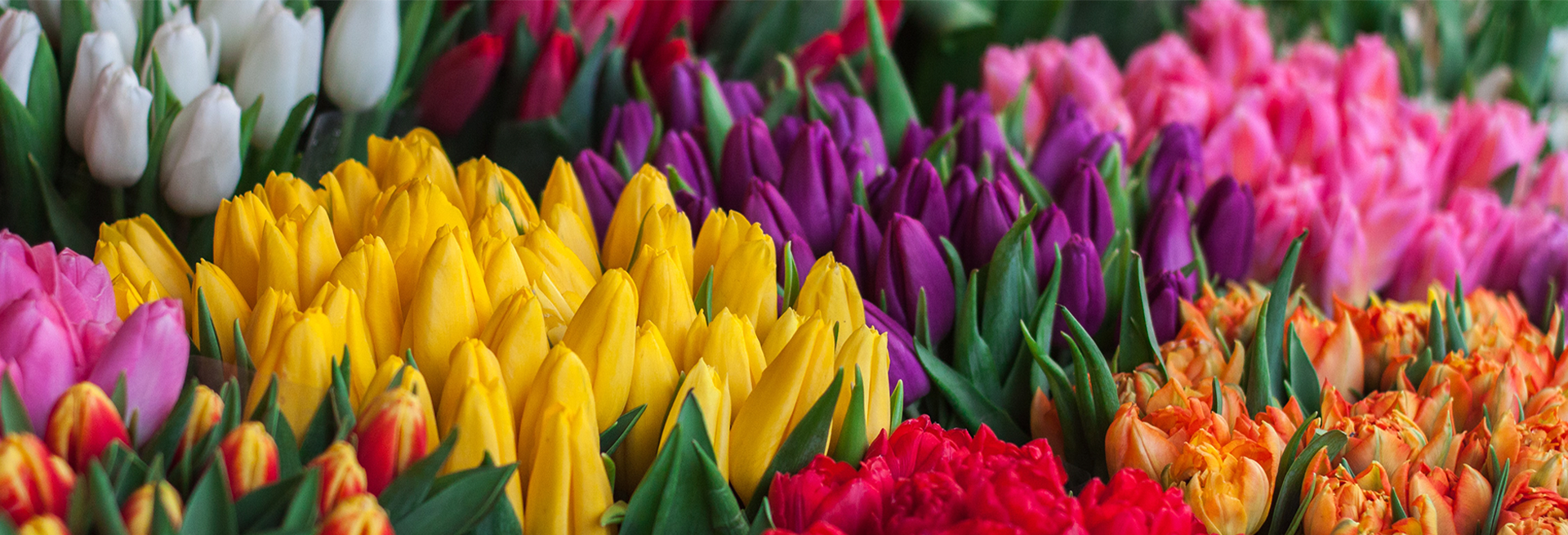
MONTHLY GARDEN TIPS
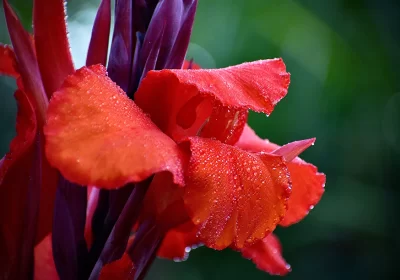
JANUARY
January is the time of new beginnings and fresh starts. Christmas is over, and your amaryllis has bloomed. Now
what-give it the heave or a second chance.
The Beth Fisher Winter Garden at the Frelinghuysen Arboretum is designed to be interesting in all seasons, but
especially so in winter. The hawthorn trees, hollies, skimmia, and grape holly all display colorful berries. The
golden-twig dogwood has unusual gold-colored bark. Enjoy the garden’s winter flowers: hellebores, snowdrops,
adonis, winter aconite, and winter jasmine.
The evergreen plants provide both color and a variety of textures throughout the year. Some uncommon
evergreens include the feathery Chinese plum yew, the thick-needled Japanese umbrella pine, and the fragrant
sweet box. Some have showy flowers in the early spring. The skimmia develops flower buds in fall that are visible
all winter. The male skimmia has the flashier flowers, but the female develops red berries after blooming. The
¬grape holly and cherry laurel both have handsome, fragrant flowers come springtime.
The garden offers ideas for creating winter interest in our own landscapes. Attractive plants, colorful berries, and
winter-blooming flowers entice us to venture out even on the chilliest winter day. They also make an attractive
display through the year.
January To-Do List:
After the ground freezes, mulch bulbs, perennials, and strawberry plants
Check house plants for insects and mites
Plant balled Christmas trees (if you were clever enough to dig the hole while the ground was still soft!)
Apply deer repellants as needed
Check stored bulbs and winter vegetables for rot or desiccation
Plant balled Christmas trees, or wait until March
January Alerts:
Winged yellow ants, if weather is mild
Ants
A cold-weather treat: blooming witchhazel and Christmas rose (Hellebore)
Heavy snow and ice build-up on shrubs and ornamentals
Tips:
Use fertilizer to melt ice; apply kitty litter or sand for traction (avoid commercial salts)
Make sure house plants are getting sufficient light
Enjoy the flood of garden supply catalogs and start a list
How-To: Enjoy Your Amaryllis for Another Season
Do NOT cut off the green leaves. They are the vital part of the bulb to ensure next year’s bloom. The leaves activate the bloom and feed the plant.
DO cut off the old flower stalk(s). Cut at an angle, being careful not to disturb any green leaves around it.
This is the time to feed your amaryllis (not before blooming) with Peter’s solution or any other house plant food. This will strengthen the bulb.
Water the plant several times per week; don’t let it dry out. Now that your amaryllis has stopped blooming, place it on a window sill, where it will receive light and some sun. Light is very important. Your plant may even surprise you with another bloom shoot.
When the weather warms up, place the amaryllis outside under a fir tree or other shady spot. Water throughout the summer.
By the end of August, the cycle begins again. Prepare your plant for another showy Christmas by removing the green leaves, washing the pot, changing the soil, and cleaning off the roots. When new shoots appear, give the plant lots of light. Sit back and enjoy!
FEBRUARY
February is an ideal time to begin preparing for the gardening season. There are things to do, from selecting
seeds to washing flower pots. Yet it’s still a relatively slow time for gardeners in our area, thus a great time to
refine all your spring garden plans!
February To-Do List:
Bring spring into your home: cut flowering branches for forcing
Scrub flower pots
Bring bulbs indoors for forcing
Order flower and vegetable seeds
Regularly check health of house plants
Search for bag worms, tent caterpillar egg masses,
and other winter-visible pests
Inspect garden tools; if necessary, clean, oil, and sharpen
February Alerts:
Voles creating havoc in ornamental beds
Wildlife damage
Continuing snow and ice injury to shrubs
Cold-weather treat: blooming primroses (if in protected area),
blooming winter aconite, and later in the month, snowdrops
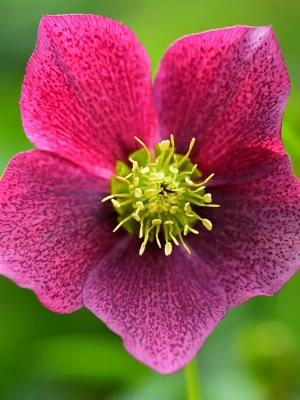
Tips:
Houseplants may begin to notice the longer days and start a growth spurt. You can feed them again, but use a
dilute 50% fertilizer mix until the growth is robust.
Remember to replenish bird feeders. You will welcome the birds’ help with insect control when the weather
warms again.
MARCH
They say March comes in like a lion, goes out like a lamb.
Usually wet and cold, it the time of great awakening
in the garden and lawn. Trees begin to bud, the crocuses,
daffodils and hyacinths show their beauty and herald
in the gardening season!
March To-Do List:
Fertilize shrubs and trees. Use an acid type rhododendron
fertilizer to feed evergreens, rhododendrons, azaleas and
camellias. Use an all-purpose fertilizer to feed roses and
other deciduous trees and shrubs. If you use granular
type fertilizers, be sure to water it in thoroughly.
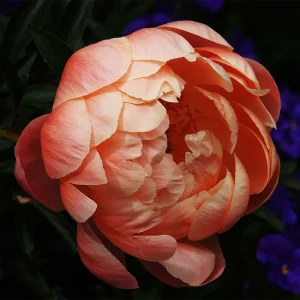
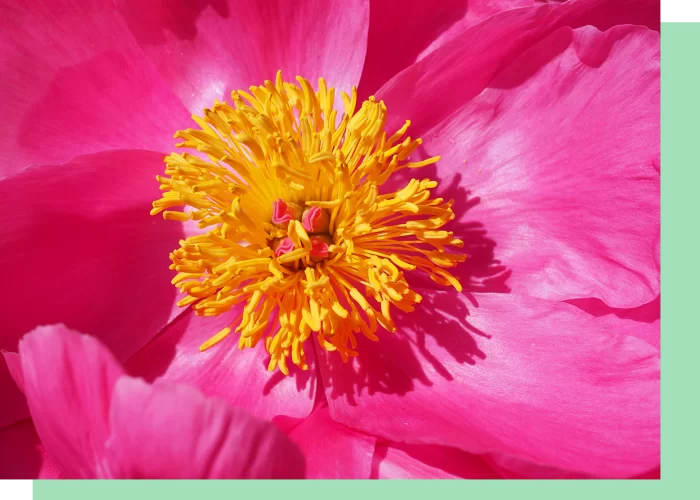
APRIL
April is a lovely month with many trees blooming in gorgeous pastel colors. The spring bulbs are in full
force, and the glory of spring is everywhere!
April To-Do List:
Plant roses
Prune roses as soon as buds begin to emerge
Turf
Fertilize lawn, if necessary
Pre-emergent crabgrass control (to Apr. 23)
Reseed small damaged lawn areas
Apply lime, if necessary
Apply grub control, if necessary
Resume mowing
Improve soil with organic matter, fertilizer, and lime
Plant perennials and cold-tolerant annuals
Divide late blooming perennials
Plant trees and shrubs
Fertilize trees and shrubs
Prune trees and shrubs (except spring-blooming)
Start seeds indoors
Plant cool-season vegetables
Dormant oil applications (early in the month)
If needed, apply lime sulfur to plants that won’t tolerate oil sprays
April Alerts:
A number of pests emerge this month: adult lone star tick peak activity (into May)
Termites
Carpenter ants
Over-wintering insects
Clover mites
Spruce mite activity (late)
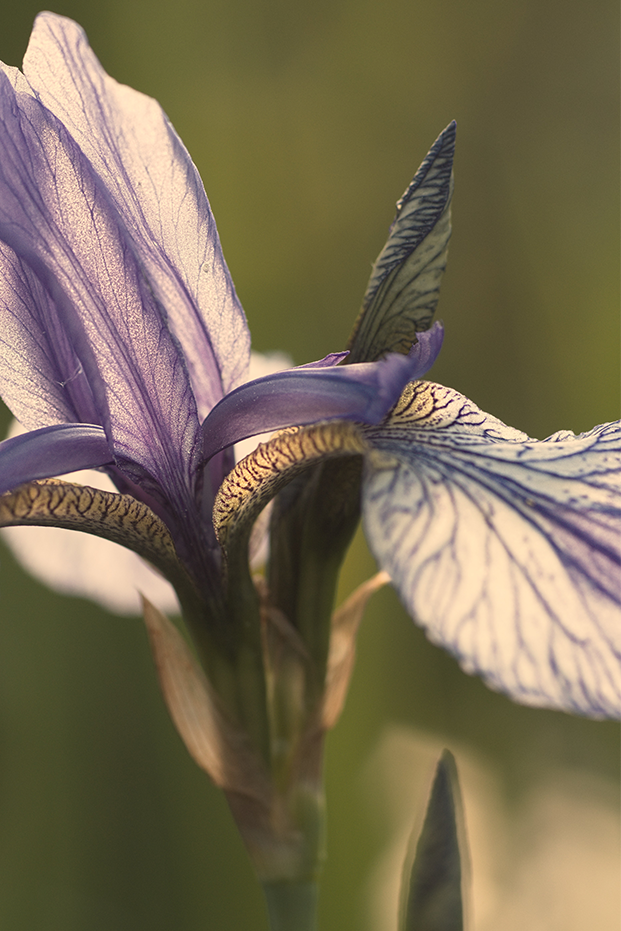
Tips:
Lawn Care: The application of a spring lawn fertilizer will perk up the lawn and improve its overall
color and appearance.
Consider thatching and over-seeding the lawn. Thatch buildup can smother the lawn. Remove thatch with a brisk raking or with a de-thatching machine. Over- seeding fills in bare spots and deters weeds.
MAY
May is one of the loveliest months in the northeast, although frost or a prolonged spring drought is still
possible. Gardening guides and hardiness zones cannot predict these, as they are based on past years’
averages. If frost or cold weather is in the forecast, protect your tender plants with mulch or some type of
overnight protection tented over the plants.
May To-Do List:
There is still time to fertilize trees and shrubs. Use a rhododendron- or an evergreen-type of plant
food to feed evergreens and acid-loving plants such as rhododendrons, azaleas, and junipers
Use an all-purpose garden fertilizer (10-10-10) to feed roses, deciduous shrubs and trees. Be sure
to water the fertilizer thoroughly after it is applied.
Prune forsythia, weigela, and spirea when they have finished blooming. Cut back one-third of the oldest
canes to ground level, then cut back one-third of the remaining branches by one-third of their height.
Lilacs can be pruned lightly once they finish blooming. Remove sucker growths and dead blooms.
Select the color you want for your hydrangea blooms and work lime in the soil to produce pink
flowers or aluminum for blue.
Pines and other conifers can be kept to a compact size by pinching off the new growth “candles”.
Lightly side dress perennials with an all-purpose 5-10-10 or 10-10-10 fertilizer. Avoid spilling the
fertilizer on the plant and use care not to damage the shallow roots when cultivating it into the soil.
Carrots, lettuce, potatoes, corn, beans, peas, and most popular vegetables (with the exception of
the warmer weather crops) can be seeded or planted in the vegetable garden.
Wait until mid- to late May before planting the warmer weather crops like tomatoes, squash, cucumber,
pumpkins, and peppers.
This is the time to eliminate lawn weeds by hand pulling or applying a “weed and feed” fertilizer.
Note: if you have just spread grass seed, a “weed and feed” fertilizer will be too strong. Be sure to
use a “starter fertilizer” for new seed.
Setting your mower for a higher cut during the spring months will help the grass to grow in fuller and to
choke out the weeds.
May Alerts:
Keep a vigilant eye on the roses. Spray for aphids and other pests and diseases, such as black spot.
Remove sucker growths from fruit trees as soon as they appear.
Tips:
If you haven’t mulched and want to keep weeds at bay, do so as soon as possible.
Promptly remove spent flowers from any plant unless you want to harvest the seeds. Spent flowers
consume the plant’s energy as it works to produce seeds.
Annuals especially benefit from spent flower removal and will often reward you with more blooms.
Support taller flowers with stakes set in the ground. This will also make it easier to “train” them.
JUNE
June is the safe time to plant annuals. There’s no danger of frost and the only problem is that your favorite local
nursery may be low or out of your favorite plants. Buying them in May and keeping them protected from the
potential frost is a favored solution for many.
June To-Do List:
Fertilize annuals, perennials and flowering shrubs and trees with a slow-release plant food that contains
nitrogen, sulfate of potash, iron and other micro-nutrients for overall plant growth and development.
Check all plants for sufficient water. Water thoroughly and deeply.
Move houseplants outside to the deck or patio and enjoy them outdoors for the summer. It is best to
gradually introduce them to more direct sunlight to prevent the leaves from being burned.
Feed houseplants with a good quality indoor plant food such as Osmocote (slow-release granular).
If needed, re-pot root bound houseplants to a larger pot. Use potting mix when repotting houseplants.
June Alerts:
Various pest problems which occur in previous months expand in June if left untreated.
Tips:
Buy tropical plants to provide immediate interest to your outdoor gardens. Know that these can’t survive
our winters and should can be treated as annuals or brought indoors in the fall.
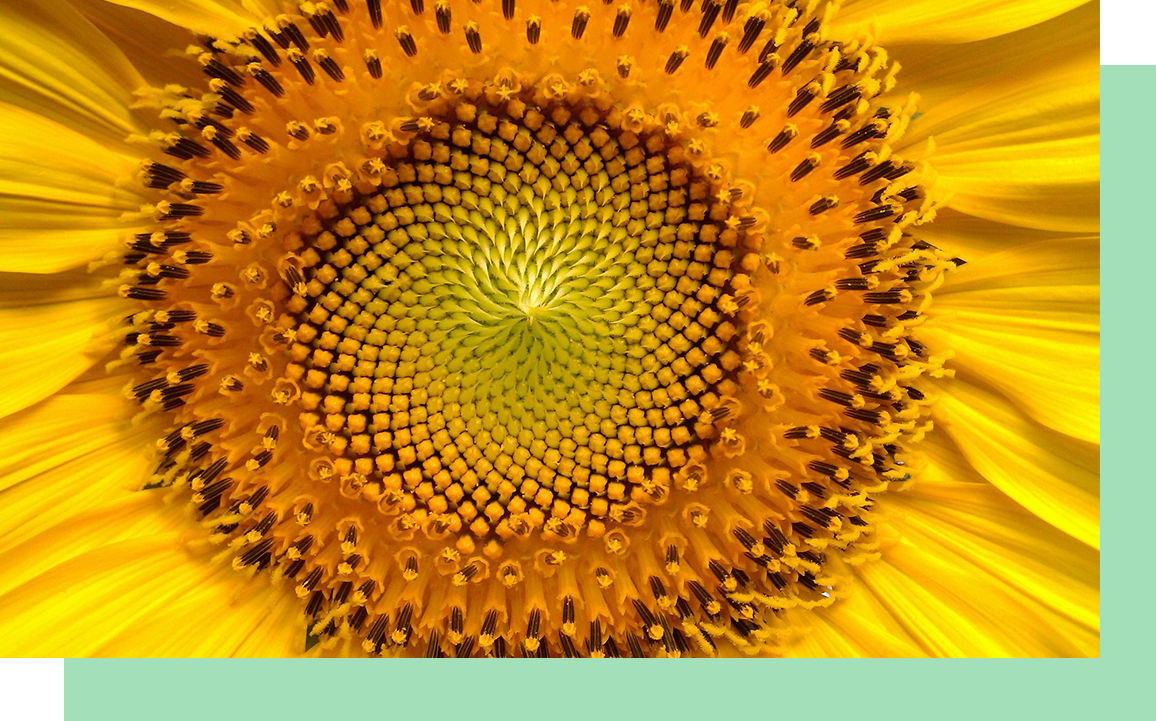
JULY
The bounty of summer is evidenced in July. So many gorgeous perennials are in bloom and the vegetables are
being harvested. With that comes pest control problems so be sure to check with your local agricultural extension
office for their recommendations.
July To-Do List:
Maintain high mowing heights on lawns.
Sow seeds for biennials, such as Canterbury bells, wallflower, sweet William .
Divide and replant iris.
Prune climbing roses when flowers fade.
Pinch chrysanthemums for last time by mid month.
No pruning or fertilizing woody plants after July 15.
Start spraying early in month for powdery mildew, if needed.
July Alerts:
Heat and drought stress, however overwatering may also be a problem.
Nymph activity.
Dog tick peak activity.
Japanese beetle peak activity.
Increasing yellow jacket activity.
Tomato fruit set problems in very hot weather.
First evidence of blossom end rot on tomatoes in dry years.
If needed, set Japanese beetle traps up, but away from the garden.
Tips:
Summer is in full swing and it’s a great time to add a water feature to your landscape if you haven’t done so
already. Water gardens provide soothing sounds and sights but require proper pond care. Be sure to speak to
water gardening experts at the local nurseries as you plan your water garden and pick up informational literature.
Be sure to check all plants, especially newly planted ones, for water on a regular basis. Water deeply and
thoroughly as needed.
Gator bags provide a great way to keep trees watered during hot and dry months. These bags, which can hold up
to 20 gallons of water, are secured to the trunk of the tree, where they release the water slowly to the root ball
over the course of 15-20 hours.
AUGUST
Those lazy, hazy days of summer are here! August is our warmest month and one to be savored. All of your planning and hard work in the spring are paying off in the beauty and splendor seen in your gardens.
August To-Do List:
Be sure all of your gardens and lawn are properly watered.
Fertilize daffodils and tulips in early to mid-August. Apply 2
pounds of 5-10-10 or 6-12-12 per 100 square feet.
Fertilize fruits and vegetables as needed with a good
quality, slow-release vegetable food such as Osmocote.
Lilacs can be pruned lightly once they finish blooming.
Remove sucker growths and dead blooms.
If necessary, spray tomato plants and other vegetables
to control diseases.
Regarding the lawn, August is a good time to control
grubs. If you want to prevent broadleaf weeds such as
Chickweed and Henbit next spring, but you would still
like to seed the lawn this fall, apply a weed preventative
in early August. By applying this product now, you will
be able to seed in late September or early October
(seeding can be done 45-60 days after you apply
the weed preventative).
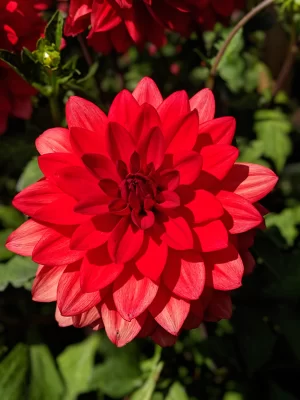
August Alerts:
Pests continue to be a problem in August. Check with your local county agricultural extension office to guide you
on environmentally friendly answers to controlling pest and diseases.
Tips:
Do not apply weed controls on newly seeded areas, on windy days or near the edge of waterways.
Do not allow children or pets to play on lawns freshly applied with weed controls. There are organic weed
preventers which are safer for children and pets.
SEPTEMBER
(Courtesy of the Daily Record, Margaret C. Crooks/Gannett New Jersey)
In the flower garden
PLANT fall-flowering bulbs without delay.
BEGIN dividing, replanting spring flowering perennials except iris and peonies.
ORDER bare-root roses, lily bulbs for fall planting.
CONTROL fall army worms on geraniums with Bt (Bacillus thuringiensis).
KEEP after mildew with an appropriate fungicide.
In the food garden
PLANT spinach, white turnips, radishes for late harvest.
ORDER garlic sets for fall planting.
KEEP after worms on cole crops, herbs with Bt. There is no wait to harvest for this natural bacillus.
PLANT onion seeds in the cold frame for winter use.
WATER deeply once a week until frost kills the plants.
In the container garden
REJUVENATE hanging baskets for fall show by pinching or cutting back.
PRUNE, repot outdoor vacationing houseplants as needed.
ELIMINATE soil pests with Resmethrin.
ACCLIMATE ficus to indoor light level gradually. Expect some leaf drop.
HAVE greenhouse climate controls checked, clean glass, benches and floors.
On the lawn
Watch for year-end bargains on mowers, edgers, spreaders.
Wait until after Labor Day to fertilize.
ELIMINATE mildew on shaded bluegrass with a turf fungicide.
KEEP mower blades sharp.
From Martha (Martha Stewart Living, September 2007):
Pot cuttings from annuals such as coleus, geraniums, and wax begonias. Keep them as houseplants through the cold months, and when it’s time for spring planting, you’ll have fewer flowers to purchase.
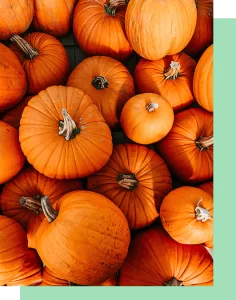
OCTOBER
October, when our gardens are slowing down, is the perfect time to tackle a few simple tasks that will give us a
head start in the spring. Chives, for example, should be cut almost to the ground, making them look tidy and
ensuring a vigorous regrowth in the warmer weather. Herbs for cooking, such as rosemary and thyme, can be
potted and placed on a sunny windowsill for use throughout the winter. For best bloom next year, now is the time
to transplant, divide, or plant new perennials, except Japanese anemones, mums, or ornamental grasses. Cut back perennials as the foliage turns brown, cut mums back only halfway. Pull up dead annuals, shake off soil clinging to
the roots, and smooth the ground with a rake. The plants can then be composted. Do not compost any diseased
material. To the cleared areas, apply a layer of mulch, compost, or fertilizer to enrich the soil through the winter.
October To-Do List:
Bring in houseplants before frost; treat first with insecticidal soap and Di-Systron systemic solution
Stake chrysanthemums, water and fertilize
Complete lifting and dividing iris, lily-of-the- valley, and daylilies
Complete pruning of rambler roses
Lift and store tender bulbs. i.e., cannas, dahlias, and gladioli after first frost
Pot up amaryllis, tulips, and other prepared bulbs; store in a cool, dark place until ready to force
Band trees for fall cankerworm
Plant spring bulbs
Harvest mature green tomatoes for ripening indoors before frost
cut herbs and flowers; bring indoors for drying
October Alerts:
Deer tick: adult peak activity to early December
Winged yellow ants
Voles (if necessary, treat with Ramik)
Tips:
Evergreens are best planted/transplanted in early fall
Spring blooming plants; earliest bulbs to plant (September) are aconites, anemones, hardy cyclamen, snowdrops,
and sternbergia; latest are tulips
Cut back tall roses and butterfly bushes only as far as necessary to keep them stable; delay regular pruning until
mid-March
At the end of October, cut all iris foliage to the ground and toss out with the trash
garlic and shallots are best planted on Columbus Day
How-To: Christmas Cactus
The secret of good bloom is temperature and light control. The cactus will develop buds and bloom if given
Bright light, short days, and night temperatures between 55° and 65°F. Christmas cacti bloom best when
somewhat potbound. If repotting is needed, this should be done during midwinter. Christmas cacti require less
water from October to March than they do when growth is active from April to September. A rest period is
important if plants are to bloom abundantly. Dormancy should be started about the middle of September and c
ontinued for eight weeks. Care should be taken that soil never becomes water-logged during the dark days of
winter. Bright sun during summer months can make plants look pale and yellow. Clay pots are great, but they
draw the salts from fertilizer and the minerals from hard water out of the soil and into the clay. To clean them:
Mix a solution of one part bleach to nine parts water.
Soak overnight.
Use a stiff wire brush to scrub off the deposits.
Rinse pots with fresh water.
I have not done this myself, but a friend puts them in her dishwasher! They come out looking just like new, if
that’s what you want.
NOVEMBER
Finish planting spring-flowering bulbs and corms
Plant amaryllis bulbs in early November for holiday bloom; pot paperwhites by mid-month
Continue composting throughout the colder months; leaves, rain, snow, and aerating the compost
Finish planting spring-flowering bulbs and corms
Plant amaryllis bulbs in early November for holiday bloom; pot paperwhites by mid-month
Continue composting throughout the colder months; leaves, rain, snow, and aerating the compost
pile will all promote decomposition
Drain, coil, and store hoses
Drain and turn off outdoor water taps
Clean, oil, repair, and store gardening tools; wash
and refresh gloves
After the ground freezes, add a thick layer of mulch;
cover plants needing extra protection
Cut back perennials that have no winter interest
Continue dividing overgrown perennials
Keep plants watered until ground is frozen
Sow cover crops in the vegetable garden
Clean the greenhouse, remembering to clear out
under any benches.
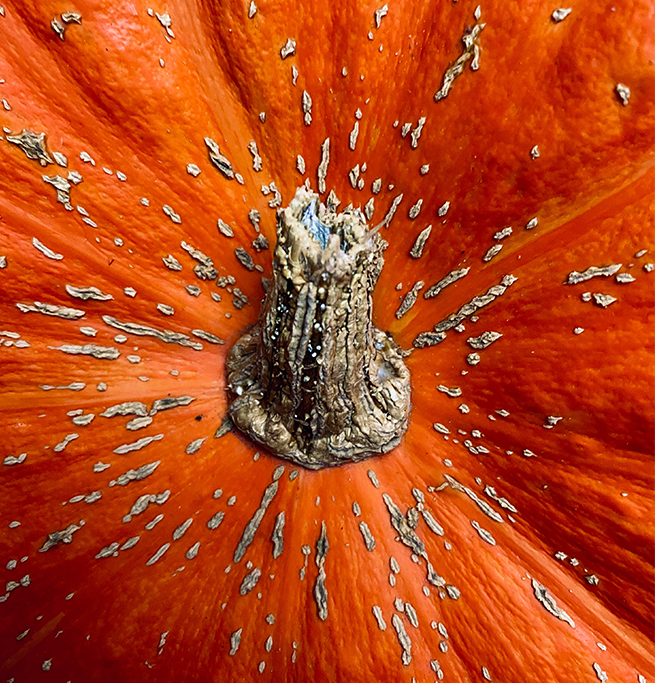
DECEMBER
December To-Do List:
Continue planting bulbs until ground freezes
Protect broadleaf evergreens with burlap on stakes
Winter mulch bulbs, perennials, and strawberries after
ground freezes
Inventory, clean, sharpen, and oil garden tools and
store for the winter
Cut evergreens and holly for holiday decorations (see Tips)
Re-apply deer repellant when temperatures rise above 40°
Include garden tools and supplies on your holiday wish list
Give yourself a colorful treat with a variety cyclamen
for the house
December Alerts:
Deer ticks, active when temperatures are above freezing
Squirrels hunkering down in the attic; search out and seal entry points
Watch for signs of mice in the house
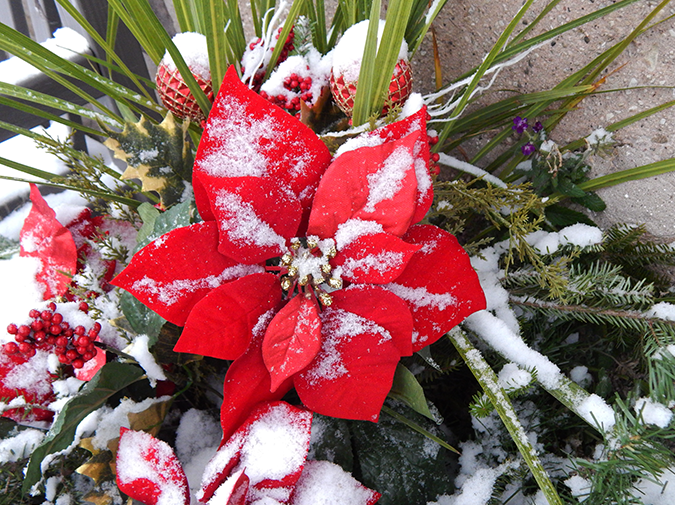
Tips:
Harden greenery for holiday decorations up to a week before needed: soak branches
in ¼ cup 5-10-5 fertilizer to 2 gallons warm water
Keep firewood outside until needed to avoid bringing creepy crawlies into the house
How To: Cure the Winter Doldrums
Christmas Rose, Helleborus niger, is a guaranteed balm for the winter blues. The white flowers of the cultivar, ‘Potter’s Wheel,’ poke right through the snow. This ornamental garden perennial, originally from the mountainous regions of central and southern Europe, is cultivated for both potted plant and cut-flower production. Plant it in partial shade alongside spring bulbs and ferns. Helleborus, also called Lenten Rose, grows best in well-drained soil rich in organic matter. Mix a two-inch layer of compost into the soil before planting and shield the plant’s leaves from winter winds. Pine boughs are ideal for this purpose. Make sure the roots are directed downward rather than spread out in the soil, and bury the crown an inch beneath the surface. Space at least one foot apart near the front of the bed, as the plant grows only 8-12 inches high. Your Christmas Rose may not bloom until it has been in the ground for two or three seasons, but it’s well worth the wait.
[adapted from The Jersey Gardener, Rutgers Cooperative Extension, December 2001]


